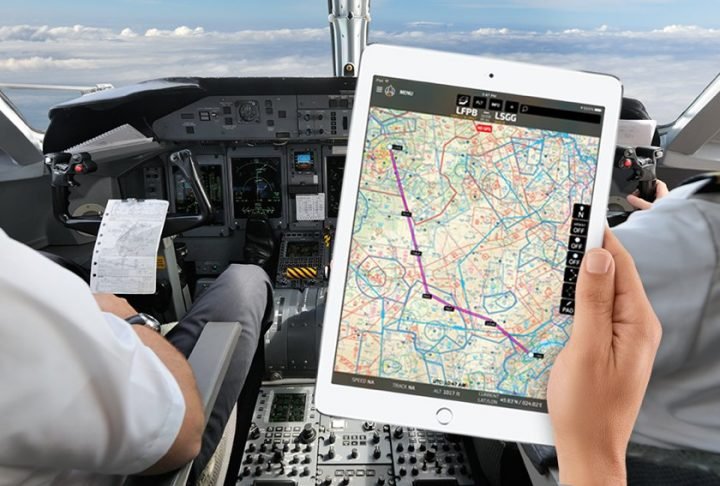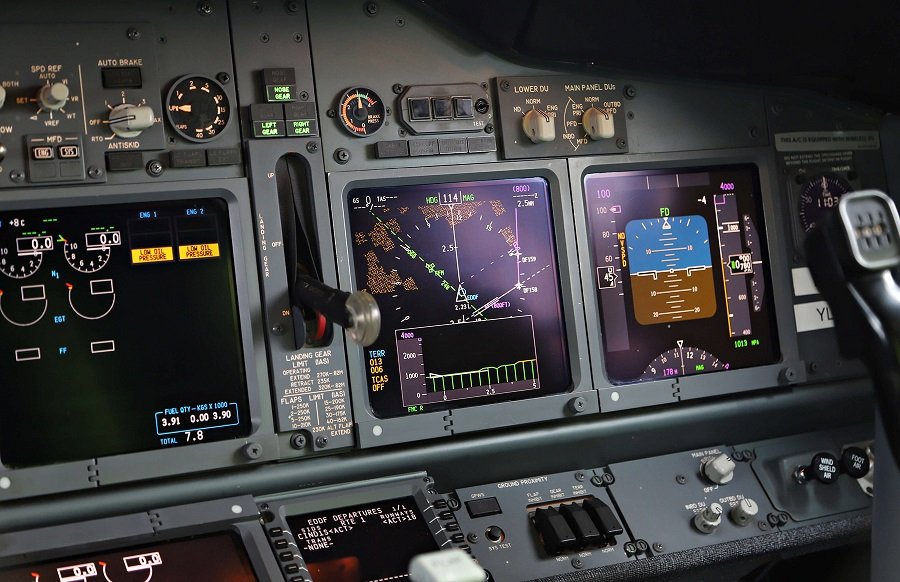Inside Look: How airlines flight plan and execute long-haul flights
Introduction
Long-haul flights are an integral part of modern air travel, connecting distant destinations and bringing the world closer together. For travelers, they represent an exciting journey to new horizons, but behind the scenes, airlines meticulously flight plan and execute these flights to ensure passenger safety, comfort, and operational efficiency. In this article, we'll take you on an exclusive behind-the-scenes tour of how airlines plan and execute long-haul flights, shedding light on the complexities and precision involved in this fascinating process.
1. Route Planning and Market Analysis
The first step in executing a long-haul flight is route planning and market analysis. Airlines invest considerable time and resources to identify viable routes based on passenger demand, potential profitability, and competition. They analyze passenger traffic data, economic factors, and travel trends to optimize their route networks. Factors such as fuel costs, airspace restrictions, and airport facilities also play a crucial role in determining the feasibility of a long-haul flight.
By the time an airliner takes to the air, a lot of planning has already been done. It just remains for the pilots to complete the physical flight itself.
2. Aircraft Selection and Performance Calculations
Selecting the right aircraft for a long-haul route is a critical decision for airlines. They consider factors such as range, payload capacity, and fuel efficiency. Modern aircraft, like the Boeing 777X and Airbus A350, are designed to cover vast distances while providing optimal fuel consumption and passenger comfort.
Performance calculations are performed to determine the aircraft's takeoff weight, fuel requirements, and en-route altitudes. These calculations ensure that the aircraft can safely operate on the planned route, accounting for weather conditions and potential diversions.
3. Crew Scheduling and Training
Long-haul flights demand a well-trained and rested crew. Airlines follow strict guidelines to manage pilot and cabin crew duty hours to avoid fatigue. Pilots undergo extensive training on long-haul operations, including dealing with time zone changes and extended flights. Cabin crew members are trained in passenger comfort, medical emergencies, and customer service, ensuring a pleasant experience for travelers during the journey.
Airline catering is crucial to the passenger comfort on long-haul flights. Airlines often use their inflight meal offerings to promote their services.
4. Pre-flight Preparations
Before a long-haul flight, the aircraft goes through a comprehensive pre-flight preparation process. This includes a thorough inspection of the aircraft systems, fueling, loading of cargo, and catering services. The maintenance team meticulously checks the aircraft to ensure it meets all safety standards and regulatory requirements.
5. Operational Logistics
Executing a long-haul flight involves intricate operational logistics. Airlines collaborate with air traffic control to plan the flight route, taking into account airways, waypoints, and landing slots at the destination airport. They also coordinate with ground handling services to ensure a smooth transition at layover airports, where passengers may disembark for connecting flights.
As part of the flight safety regimen a comprehensive list of checks is performed on every aircraft that comes in before it is allowed to depart on its next flight. This includes a visual inspection by one of the pilots on their pre-flight walk around. This is heartening as you know they won’t get onboard and fly an aircraft that appears unsafe.
6. In-Flight Operations
During the flight, airlines continuously monitor the aircraft's performance and fuel consumption. Advanced avionics systems provide real-time data to the flight crew, allowing them to optimize the flight path and make adjustments for efficiency. In-flight entertainment and services are also carefully managed to enhance the passenger experience.
7. Contingency Planning
Airlines prepare for unforeseen events during long-haul flights through contingency planning. This includes diverting to alternate airports in case of emergencies, medical situations, or adverse weather conditions. Flight crews undergo specialized training to handle various contingencies and ensure the safety of passengers and crew.
Today’s technology allows for a myriad of information systems available to the pilots to monitor everything from engine performance, weather and situational awareness.
8. Arrival and Post-Flight Procedures
As the long-haul flight approaches its destination, the flight crew communicates with air traffic control for landing clearances. Once on the ground, ground handling teams assist with passenger disembarkation and cargo unloading. The aircraft then undergoes inspections and maintenance checks to ensure its readiness for the return journey or subsequent flights.
Conclusion
Long-haul flights are the result of meticulous planning, cutting-edge technology, and the efforts of a highly skilled workforce. Airlines invest substantial resources in route planning, aircraft selection, crew training, and operational logistics to provide passengers with safe and comfortable journeys across the globe. Next time you board a long-haul flight, take a moment to appreciate the complexity and precision involved in making your journey possible. The world has become smaller, and it's all thanks to the fascinating processes behind the scenes of long-haul flight planning and execution.
Feel free to leave any thoughts in the comments below.




